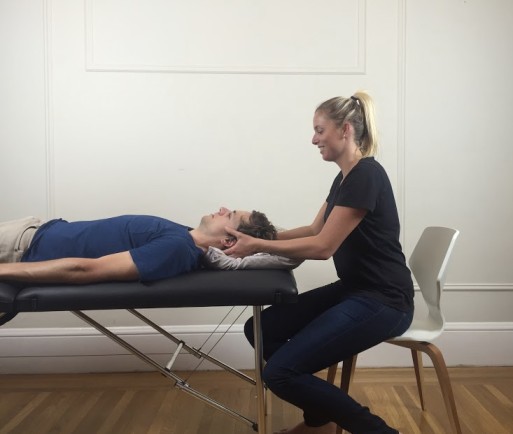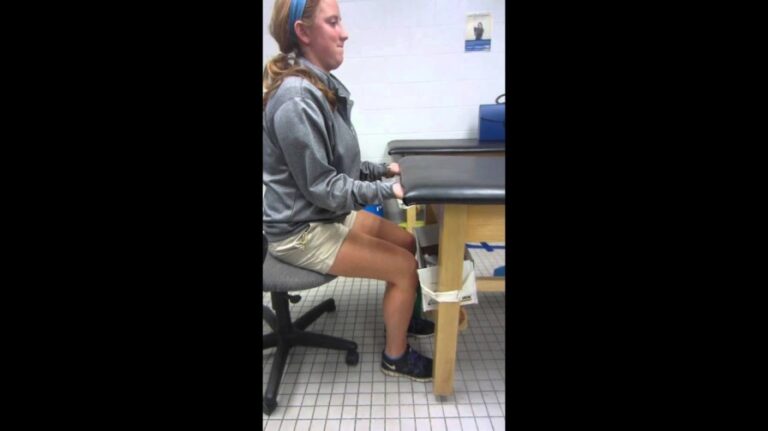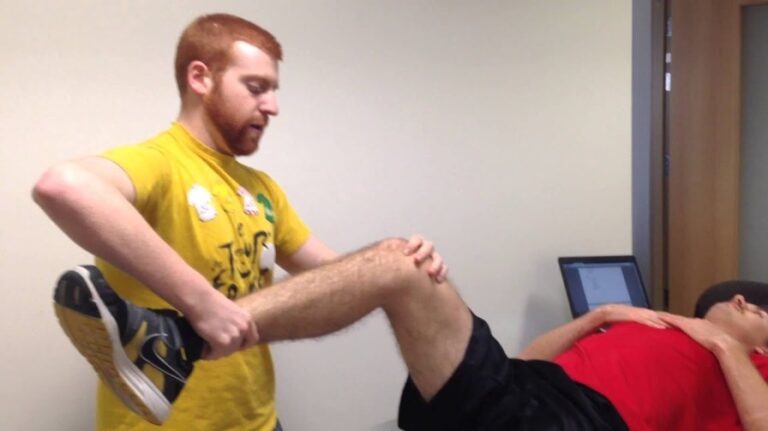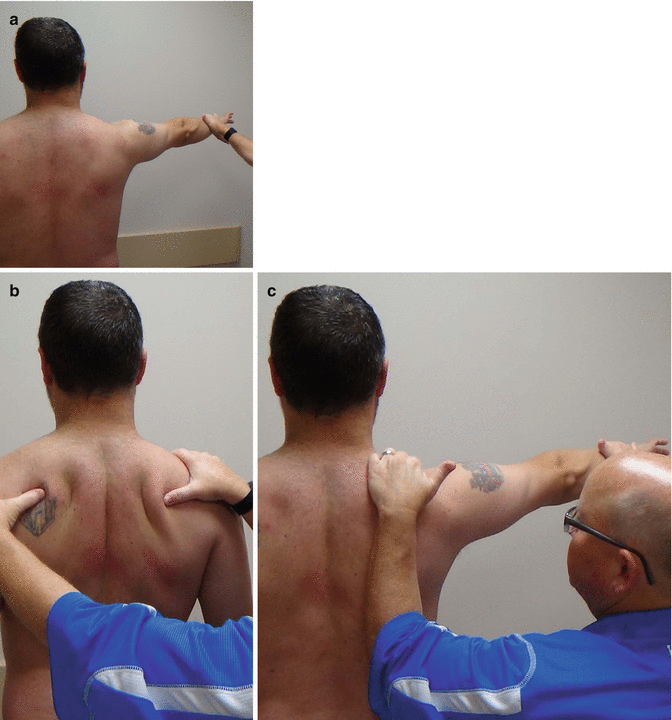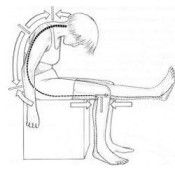Cervical Distraction Test:
- The distraction test is used for patients who have complained of radicular symptoms in the history & show radicular signs during the examination.
- It is used to alleviate symptoms.
- This test is a provocation test to check the cervical symptoms.
- This test is applied to the clinic to check the neurological symptoms of the hand which is radicular by the cervical.
What is the Purpose of the Cervical Distraction Test?
- This Cervical Distraction Test is to diagnostic test which is used to check the presence of Cervical Radiculopathy.
What is the Test Position of the patient for the Cervical Distraction Test?
- Supine or sitting upright position
How do you perform the Cervical Distraction Test?
- To perform the distraction test, the examiner [ therapist ] places one hand under the patient’s chin & the other hand around the occiput, then slowly lifts the patient’s hand.
- In effect, applying traction to the cervical spine.
- The test is classified as positive if the pain is relieved or decreased when the head is lifted or distracted, indicating pressure on nerve roots that has been relived.
- This test may also be used to check radicular signs referred to the shoulder complex anteriorly or posteriorly.
- If the patient abducted the arms while traction is applied, the symptoms are often further relived or lessened in the shoulder, especially if C4 or C5 nerve roots are involved.
- In this case, the test would still be indicative of nerve root pressure in the cervical spine, not shoulder pathology.
- Increased pain on distraction may be the result of muscle spasm, ligament sprain, muscle strain, dural irritability, or disc herniation.
Which are the Tissues being tested during this test?
- Joint capsules around the facet joints & Neural foreman of the cervical spine.
- in the secondarily observed The muscles of neck extensor during this test.
What is the Positive result of the Cervical Distraction Test?
- If the pain is relieved as a result of the movement, the test is positive for the nerve root compression & facet joint pressure.
- This test is Determining the grade of the pressure which is decided by the amount of pressure & pain relieved while performing the test.
What are the Common Errors of the Cervical Distraction Test?
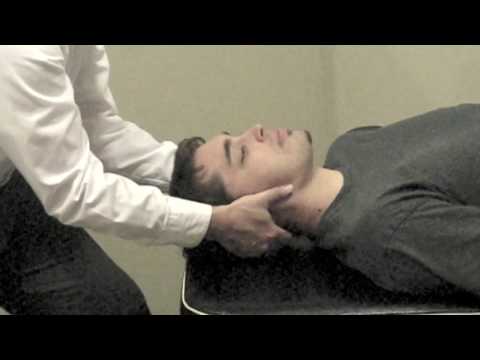
- Common errors by the examiner [ therapist ] include the improper position of the examiner [ therapist ], & improper position of the examiner’s therapist’s hands.
- Common errors of the patient include the slumping from sitting up straight & not relaxing the muscles of the neck & spine also resulting in an altered outcome of the test.
Importance of Test of Cervical Distraction Test:
- As disc height decreases & bone spurs are accumulated, the space for the nerves to enter & exit the vertebral canal gets smaller.
- The decrease of the space results in greater pressure on the nerve roots/ other innervated structures causing pain/weakness.
- With the distraction, the joint space is increased to relieve the pressure on the nerve roots, thus the patient feels decreasing the symptoms.
- This test is used to utilize in the cluster of special tests to more accurately identify cervical radiculopathy with the clinical prediction rule.
- This is According to Wainner et al. in 2003.
In This test item cluster included to :
- Positive ULTT for the median nerve
- Involved the cervical rotation less than 60 degrees
- Spurlings test = Positive
- Distraction test = Positive
- LR+ of 30.3 when all the 4 tests are too positive.

